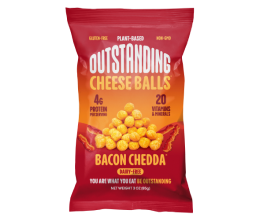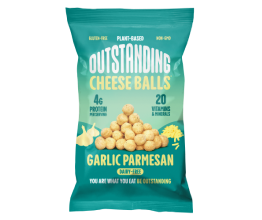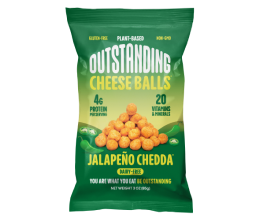Clean Eating for Weight Loss: The Basics
Summer is just around the corner, and you know what that means — swimsuit season! But before you jump on the next fad diet train, consider building a habit of clean eating for weight loss instead.
Even if all you’re looking to do is shed a little bit of that extra winter weight before you hit the beach, clean eating for weight loss is a much better choice than a lot of weight loss trends, because it focuses on establishing healthy, sustainable eating habits that are easier to stick to long term.
Here are some core premises of clean eating for weight loss that will help get you in shape this summer.
What Is Clean Eating?
Although clean eating is a popular term, its meaning can be rather ambiguous. But in essence, the concept of clean eating simply means consuming foods that are as close to their natural, organic state as possible. That means choosing whole, minimally-processed foods that offer plenty of nutrients.
Clean eating for weight loss — or for any other healthy goal — is most effective when you train yourself to replace unhealthy, processed foods with healthy ones. Try to avoid constantly thinking about what to cut out of your diet; embrace the shift in perspective and replace unhealthy options with clean ones that you truly enjoy. In other words, focus on substituting — not subtracting.
How Do You Practice Clean Eating for Weight Loss?
When it comes to clean eating for weight loss, there aren’t necessarily hard-and-fast rules to magically melt the pounds away. With that said, there are some general principles that will help you not only lose weight but also establish the habits you need to keep that weight off and maintain a healthier lifestyle overall.
Here are a few basic principles of practicing clean eating for weight loss.
Eat More Whole Foods & Fewer Processed or Refined Foods
Whole foods are just what they sound like: foods that are still in their original state — like fresh fruits and vegetables, for example. When foods are processed, parts of the original food are removed.
Often, the parts that are removed contain important nutrients, and what’s left may even be reduced to the original food’s most unhealthy components. By choosing whole foods over processed ones as much as possible, you increase the amount of nutrients you’re getting from roughly the same amount of food.
Reduce Your Consumption of Meat & Animal Products
Since clean eating for weight loss emphasizes whole, unprocessed foods, it makes sense to replace meat and animal products — many of which are heavily processed — with whole, plant-based alternatives.
In doing so, it’s important to ensure that the plant-based foods you choose are rich in nutrients like protein and vitamin B12. Simply cutting out animal products without intentionally getting these important nutrients through other foods isn’t going to produce the best results.

An easy way to reduce your meat consumption is to replace a favorite meat-based snack with a plant-based one that tastes similar (or better!). For example, our Outstanding Pig Out Crunchies are addictively crunchy and packed with loads of flavor — plus plenty of clean, plant-based protein!
Get Enough Exercise
Okay, technically this principle isn’t about eating, but it’s still an important component of building healthy habits as you practice clean eating for weight loss. A truly healthy lifestyle involves more than just what you put into your body — it also means making healthy choices about what you do with your body.
The key is to build momentum. One healthy choice followed by another and then another snowballs into a sustainable habit that feels natural to keep doing as time goes on. The more you choose to eat healthy and get enough exercise, the easier it will be to continue doing so.
One Step at a Time
Whether you’re choosing to practice clean eating for weight loss or for any other reason, one thing you don’t want to do is overwhelm yourself by trying to change everything at once. No need to toss the contents of your entire refrigerator and run to the grocery store to refill it with whole foods; instead, try swapping out one processed food for a whole food alternative at a time.
Building healthy habits takes time. But as long as you make slow, steady advances in your efforts, you’ll be able to sustain those efforts long term for a healthier, happier life overall.
Want more tips for healthy eating? Follow us on Instagram and Facebook to learn more and join the conversation.








